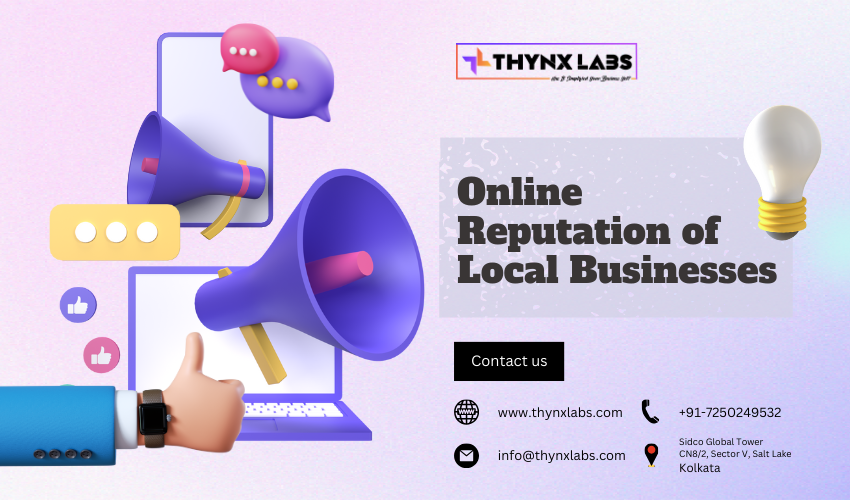E-commerce SEO Best Practices
E-commerce SEO Best Practices: Driving Online Success
In the ever-expanding world of e-commerce, having a well-designed website and quality products is just the beginning. To truly succeed, your e-commerce store needs to be discoverable by potential customers. This is where E-commerce SEO (Search Engine Optimization) comes into play. In this article, we will delve into essential E-commerce SEO best practices that can elevate your online store's visibility, attract more visitors, and boost conversions.
Introduction
In a competitive online marketplace, ensuring your e-commerce store stands out requires strategic efforts. E-commerce SEO empowers you to reach potential customers actively searching for products you offer.
Keyword Research for E-commerce
Keyword research forms the foundation of your SEO strategy. Identify relevant keywords that reflect user intent and align with your product offerings. Consider long-tail keywords for more targeted traffic.
Optimizing Product Pages
Craft unique and descriptive product titles that include relevant keywords. Write compelling meta descriptions that entice users to click while providing a glimpse of the product's value.
High-Quality Product Images
High-quality images are essential for e-commerce success. Optimize images for both search engines and user experience. Ensure fast loading times without compromising on visual appeal.
Creating Informative Product Descriptions
Strike a balance between SEO optimization and engaging product descriptions. Incorporate product specifications, benefits, and unique selling points to convince potential buyers.
User-Friendly Site Structure
Design your website with an intuitive navigation system that makes it easy for users to find products. Breadcrumb navigation enhances user experience and provides clear paths.
Mobile Optimization
Design your e-commerce site with mobile users in mind. Responsive design ensures seamless browsing across devices. Google's mobile-first indexing prioritizes mobile-friendly sites.
Page Loading Speed
Fast-loading pages are critical for user satisfaction and SEO. Optimize images through compression and leverage caching techniques to reduce loading times.
Secure and Accessible Website
Implement SSL certificates to secure user data during transactions. Ensure your website is accessible to all users, including those with disabilities, for a better user experience.
User-Generated Content and Reviews
Encourage customers to leave reviews and ratings for products. User-generated content not only adds credibility but also provides fresh content that search engines value.
Internal Linking Strategy
Strategically link related products within your e-commerce site. Internal links improve navigation and distribute authority throughout your website.
Schema Markup for Products
Implement schema markup to provide search engines with structured data about your products. Rich snippets in search results can increase click-through rates.
Social Media Integration
Integrate social sharing buttons on product pages to encourage users to share your products. Social signals, such as likes and shares, can indirectly impact SEO.
Regular Content Updates
Maintain a blog or resource section to publish relevant content. This not only attracts organic traffic but also signals to search engines that your website is active and valuable.
Data Monitoring and Analysis
Utilize analytics tools to monitor your e-commerce site's performance. Track metrics like traffic, conversion rates, and bounce rates to assess the effectiveness of your SEO strategies.
Conclusion
E-commerce SEO is a dynamic strategy that can significantly impact your online store's success. By implementing these best practices, you can enhance your store's visibility, connect with your target audience, and ultimately drive more sales.
Frequently Asked Questions
Q.1 Is E-commerce SEO a one-time effort or an ongoing process?
E-commerce SEO is an ongoing effort that requires continuous optimization, monitoring, and adaptation to stay competitive.
Q.2 How do I handle SEO for a large e-commerce store with numerous products?
Implement a well-organized site structure, optimize product categories, and focus on high-priority products for effective SEO.
Q.3 What's the role of long-tail keywords in E-commerce SEO?
Long-tail keywords help attract more targeted traffic and capture users with specific purchase intent.
Q.4 Do product reviews impact SEO?
Yes, user-generated content like product reviews can provide fresh, valuable content and build credibility, indirectly influencing SEO.
Q.5 Should I prioritize mobile optimization over desktop optimization?
Both are important, but given the rise in mobile usage, mobile optimization should be a priority, especially with mobile-first indexing.


